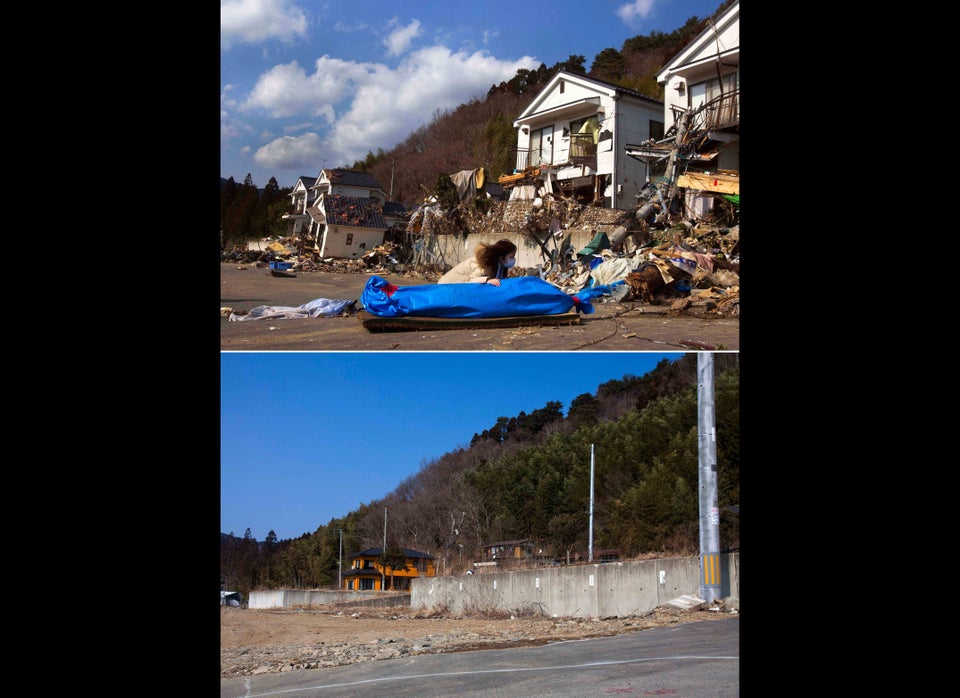
By Mari Saito
TOKYO, Feb 12 (Reuters) - Japan's nuclear regulator has criticised the operator of the stricken Fukushima plant for incorrectly measuring radiation levels in contaminated groundwater at the site.
Almost three years since the reactor meltdowns at the Fukushima Daiichi station, Tokyo Electric Power Co (Tepco) still lacks basic understanding of measuring and handling radiation, Nuclear Regulation Authority (NRA) Chairman Shunichi Tanaka said on Wednesday. The utility has been widely criticised for an inept response to the March 2011 disaster.
Tepco said last week that groundwater drawn from a monitoring well last July contained a record 5 million becquerels per litre of dangerous radioactive strontium-90 - more than five times the total beta radiation reading of 900,000 becquerels per litre recorded in the well, which is around 25 metres from the ocean.
Tepco said there was a calibration mistake with one machine measuring strontium levels of well water at the plant, and it had also found an error with devices that decipher all-beta radiation.
"Something like this cannot happen ... This (data) is what becomes the basis of various decisions, so they must do their utmost to avoid mistakes in measuring radiation," Tanaka told reporters, though he added the mistake did not pose a serious safety risk at the plant.
The legal limit for releasing strontium 90, which has a half life of around 29 years, into the sea is 30 becquerels per litre.
A Tepco spokesman said the utility will re-check all-beta radiation readings of groundwater in light of the record strontium levels.
Last year, radiation leaks, power outages and other mishaps sparked international concern and prompted Japan's government to step in with more funds and support. As part of a turnaround plan approved by the government last month, Tepco hopes to re-start its biggest nuclear station, Kashiwazaki Kariwa, this summer.
Tepco in November began the hazardous process of removing hundreds of brittle spent fuel rods from the damaged No. 4 reactor building at Fukushima. It said last week it had removed about 9 percent of more than 1,500 unused and spent fuel assemblies in the reactor's storage pool. (Editing by Aaron Sheldrick and Ian Geoghegan)

